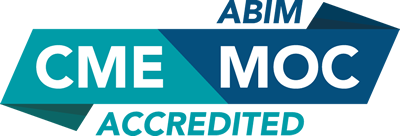
COURSE CREDITS & HOURS
AMA PRA Category 1 Credits™14 ACPE Credits
14.0 Up to 14 MOC (Part II) points in the American Board of Anesthesiology® (ABA) Maintenance of Certification (MOC) program
(part II) MOC points in medical knowledge in the American Board of Internal Medicine's (ABIM) Maintenance of Certification (MOC) program
6 Hours of Pharmacology for NPs
COURSE FEES
TARGET AUDIENCE
PROGRAM PURPOSE
- Health Promotion: Encouraging a Healthy Body, Mind, and Spirit
- Assess the patient's current state of physical, psychological, and spiritual health.
- Analyze the patientÂs current dietary and exercise practices.
- Discuss an individualized health-promotion strategy for each patient.
- "Oh, My Aching Head!": Evaluation and Treatment of Migraine, Tension-Type, and Cluster Headaches
- Discuss the appropriate use of brain imaging in evaluating patients with headache.
- Describe the appropriate use of abortive and preventive medications in the treatment of migraine.
- Describe the distinguishing clinical characteristics of tension-type and cluster headaches.
- Male Sexual Disorders: Hypogonadism, Erectile, and Ejaculatory Dysfunction
- Elicit a through, non-judgmental sexual history.
- Describe appropriate laboratory and radiologic testing in the evaluation of male sexual problems.
- Discuss the effects, risks, and benefits of testosterone replacement therapy.
- Somatoform Disorders: Illness as a Way of Life
- Recognize the key symptoms, signs, and clinical presentation of somatizing patients.
- Define the concept of alexithymia (the inability of some patients to express emotion in verbal terms).
- Develop an effective management strategy for somatizing patients.
- Hypertension: "What Goes Up Must Come Down"
- Describe the appropriate measurement and classification of hypertension.
- Discuss the laboratory testing and imaging needed to diagnose the most common causes of secondary hypertension.
- Describe the major classes of anti-hypertensive treatment and discuss the particular type of patient likely to benefit from each class of medication.
- Enhancing Clinician-Patient Communication: Becoming a Healer
- Distinguish the technical , biomedical aspects of the clinician's role from the personal and psychosocial aspects of care.
- Describe specific attitudes and values needed to create a healing environment with patients.
- Apply techniques for establishing and maintaining rapport with patients and enhancing clinician-patient communication.
- The Faith Factor: Practicing Spiritually-Sensitive Care
- Elicit a spiritual history in an ethically-appropriate manner.
- Analyze the physiologic, psychological, social, and lifestyle effects of religious beliefs upon health outcomes.
- Describe the spectrum of possible interventions available for addressing patients" spiritual needs.
- Choosing Wisely
- Learn which tests and procedures are still worth doing according to the specific specialty societies
- Osteoporosis
- Learn to evaluate and treat patients with Osteoporosis in the Primary Care setting.
- Dementia
- Learn to evaluate and treat patients with Dementia
- Common Outpatient Problems
- Learn about evaluating and treating Anemias, Plantar Fasciitis and Rotator Cuff Syndromes in the Primary Care setting
- Hospice and Palliative Care
- become familiar with both Palliative Care and the Hospice programs, and learn which patients qualify for which levels of care.
- Case Studies in Primary Care
- Learn to make common diagnoses from atypical presentations.
- Impaired Health Professionals
- Learn to recognize Impaired Health Professionals and become familiar with resources available to help them.







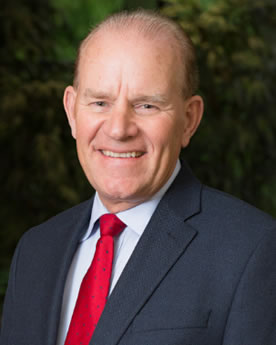

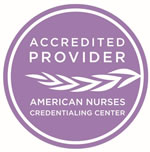
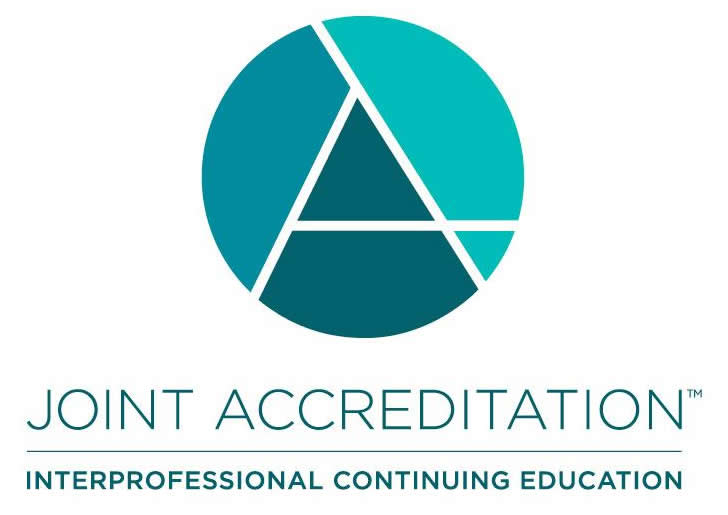
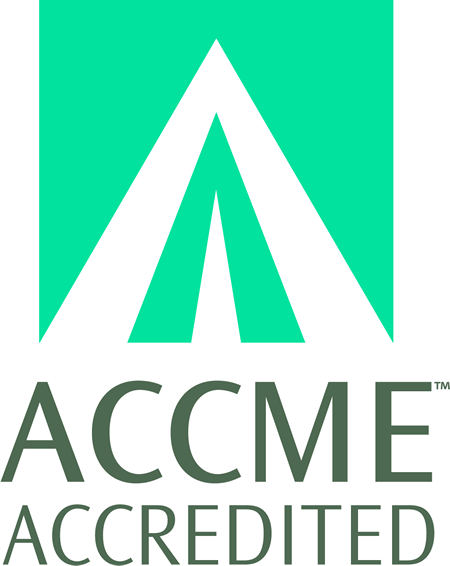
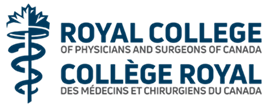

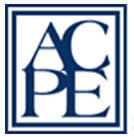
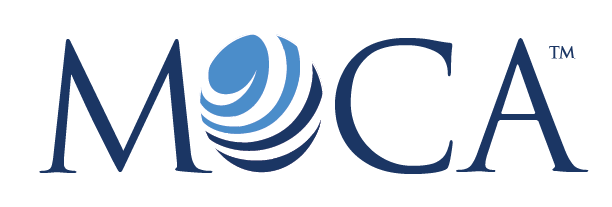 This activity has been registered to offer 14 ( Part II) MOC Points in the ABA MOC program.
This activity has been registered to offer 14 ( Part II) MOC Points in the ABA MOC program.